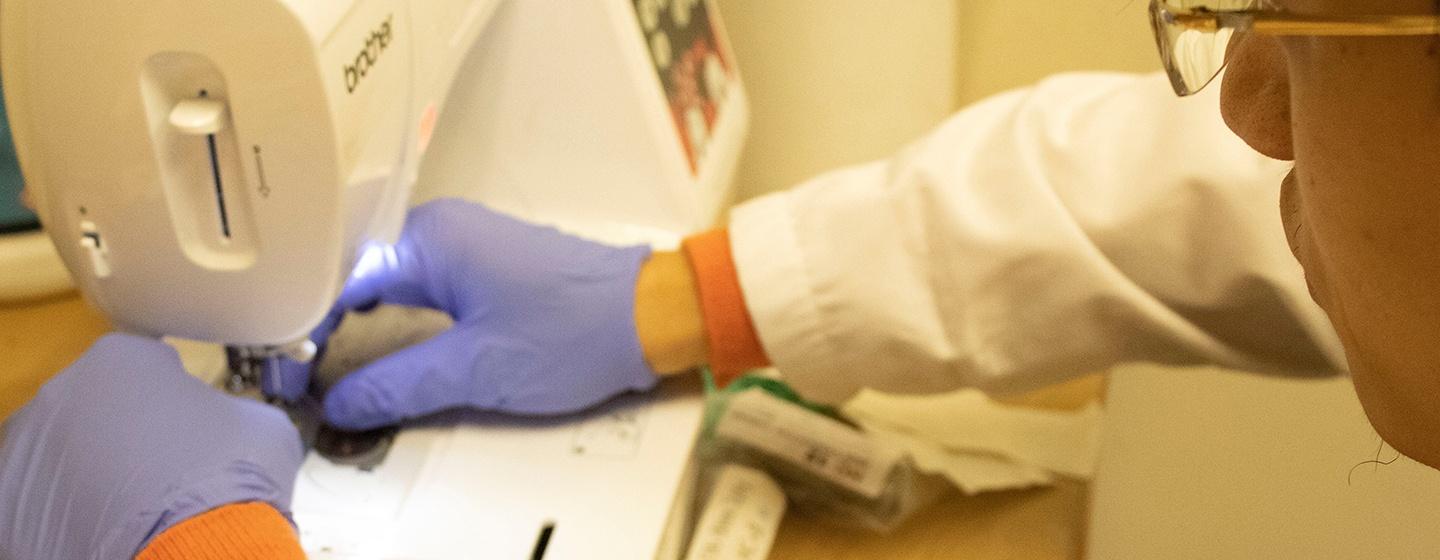Old School Embroidery Goes High Tech


Wearable tech is becoming a part of our lives; think heart rate monitors, step counters, blood pressure monitors, etc.
Wouldn’t it be cool if those wearable devices could be part of our clothing? Better yet, what if you could wear them and have them be self-charging?
Researchers at North Carolina State University may have found a way.
“Our technique uses embroidery, which is pretty simple,” said Rong Yin, Ph.D., assistant professor of textile engineering, chemistry and science at NC State. “You can stitch our yarns directly on the fabric. During fabric production, you don’t need to consider anything about the wearable devices. You can integrate the power-generating yarns after the clothing has been made.”
You read that correctly, power-generating yarns.
Embroidering power-generating yarns onto fabric has allowed researchers to embed a self-powered, numerical touch pad along with movement sensors into clothing. And it appears the technique offers a low-cost, scalable means for making wearable devices.
Researchers tested several designs for power-generating yarns, trying to find a way to make the yarns strong enough and durable enough to handle the tension, bending and twisting of the embroidery stitching process. They decided to use five commercially available copper wires, which also had a thin polyurethane coating. They then stitched them onto cotton fabric with another material called PTFE (short for polytetrafluoroethylene).
So far, so good. But then there’s the question of actually generating electricity.
Researchers relied on what’s called the “triboelectric effect,” which involves harnessing electrons exchanged by two different materials. Think static electricity.
The team tested cotton and silk but discovered the PTFE fabric had the best performance in terms of voltage and current when in contact with the polyurethane-coated copper wires.
“In our design, you have two layers—one is your conductive, polyurethane-coated copper wires, and the other is PTFE, and they have a gap between them,” said Yin. “When the two non-conductive materials come into contact with each other, one material will lose some electrons, and some will get some electrons. When you link them together, there will be a current.”
Researchers tested their yarns as motion sensors by embroidering them with the PTFE fabric on denim. The patches were placed on the palm, elbow and knee. They were also placed on the insole of a shoe. The sensors were also tested after being washed and dried multiple times.
“You can embroider our yarns onto clothes, and when you move, it generates an electrical signal, and those signals can be used as a sensor,” adds Yin. “When we put the embroidery in a shoe, if you are running, it generates a higher voltage than if you were just walking. When we stitched numbers onto fabric and pressed them, it generates a different voltage for each number. It could be used as an interface.”
In future studies, researchers plan to integrate their sensors with other devices to add more functions and integrate the sensors into a wearable system.
The study is found in Nano Energy.